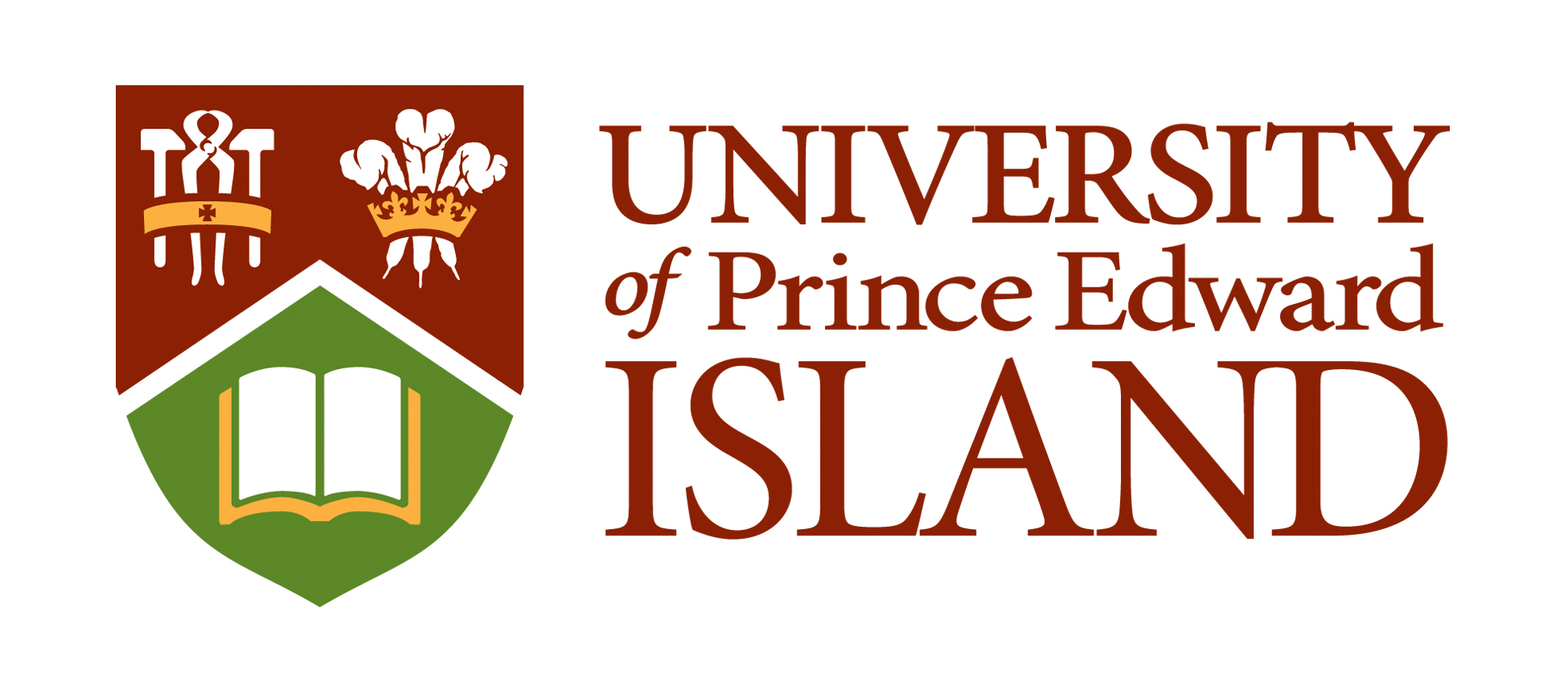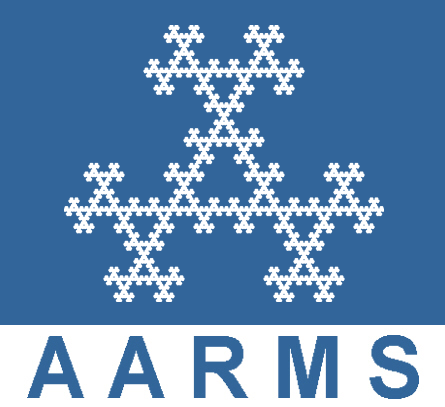2015 CMS Summer Meeting
University of Prince Edward Island, June 5 - 8, 2015
- ALMUT BURCHARD, University of Toronto
Random reflections, symmetrizations, and foldings on the sphere [PDF]
-
Two-point symmetrizations are simple rearrangements that have been used to prove isoperimetric inequalities on the sphere. For each unit vector u, there is a two-point symmetrization that pushes mass towards u across the normal hyperplane.
How can full rotational symmetry be recovered from partial information? It is known that the reflections at n hyperplanes in general position in n-dimensional space generate a dense subgroup of O(n); in particular, a continuous function that is symmetric under these reflections must be radial. How many two-point symmetrizations are needed to verify that a function which increases under these symmetrizations is radial? I will show that n+1 such symmetrizations suffice, and will discuss the ergodicity of the random walk generated by the corresponding folding maps on the sphere.
(Joint work with G.R. Chambers and A. Dranovski)
- CRISTIAN ENACHE, American University of the Middle East
Maximum and minimum principles for a class of Monge–Ampère equations, with applications to surfaces of constant Gauss curvature [PDF]
-
In this talk we first deal with a general class of Monge-Ampère equations, including the constant Gauss curvature equation. Our first aim is to prove some maximum and minimum principles for suitable $P$-functions, in the sense of L.E. Payne. Then, these new principles are employed to solve a general class of overdetermined Monge-Ampère problems and to investigate two boundary value problems for the constant Gauss curvature equation. More precisely, when the constant Gauss curvature equation is subject to the homogeneous Dirichlet boundary condition, we prove several isoperimetric inequalities, while when it is subject to the contact angle boundary condition, some necessary conditions of solvability, involving the curvature of the boundary of the underlying domain and the given contact angle, are derived.
References:
[1] C. Enache, Maximum and minimum principles for a class of Monge-Ampere equations in the plane, with applications to surfaces of constant Gauss curvature, Communications on Pure and Applied Analysis, 13(3) (2014), 1347-1359.
[2] C. Enache, Maximum principles and isoperimetric inequalities for some Monge-Ampere type problems, Comptes Rendus de l'Académie des Sciences Paris Series I - Mathematics 352 (2014), 37-42.
- SHAOXIONG HOU, Memorial University of Newfoundland
Musielak-Orlicz BMO-Type Spaces [PDF]
-
Classic BMO (bounded mean oscillation) space introduced by John and Nirenberg has wide applications. For example, it play an essential role in the operator boundedness theory. Musielak-Orlicz functions are some interesting functions including not only spatial variable but also time variable, which is a natural generalization for the classic Muckenhoupt weight functions and Orlicz functions. In this talk, we will discuss how to use the Musielak-Orlicz functions to generalize the classic BMO space and its application.
- AIJUN LI, Henan Polytechnic University
Isomorphic versions of reverse isoperimetric inequalities [PDF]
-
Isomorphic versions of the $L_p$ volume ratio inequalities are
established. For the asymmetric cases, using the approach of
isotropic embeddings, we also obtain isomorphic versions of the
Ball-Barthe simplex inequalities.
- PETER PIVOVAROV, University of Missouri
Bounding marginal densities via affine isoperimetry [PDF]
-
I will discuss affine isoperimetric inequalities for bounded, integrable functions on the Grassmannian manifold and affine Grassmannian. These are motivated by analogous inequalities for convex sets, due to Busemann-Straus, Grinberg and Schneider. I will show how such inequalities, placed in an appropriate functional setting, carry probabilistic information. Specifically, I will explain how any probability measure with a bounded density admits many well-bounded marginal distributions. Applications to small ball probabilities will also be mentioned. This is joint work with Susanna Dann and Grigoris Paouris.
- MATTHEW STEPHEN, University of Alberta
Stability Results for Sections of Convex Bodies [PDF]
-
Geometric tomography studies various subsets of Euclidean space using lower-dimensional data. Classic problems in this field ask when a convex body is uniquely determined by its sections with certain affine hyperplanes (a convex body $K\subset\mathbb{R}^n$ is a convex and compact set with non-empty interior). In such problems, whether $K$ is origin-symmetric is important (i.e. does $K=-K$?), so it is desirable to characterize this property.
A maximal section of $K$ refers to a section of maximal $(n-1)$ - dimensional Hausdorff volume amongst all those sections of $K$ perpendicular to a fixed direction $\xi\in S^{n-1}$. Makai, Martini, and Odor have shown that if every section of $K$ through the origin is maximal, then $K$ is origin-symmetric. In my talk, I will discuss joint work with Vladyslav Yaskin on a stability version of their result.
- YUZHAO WANG, Memorial University
Differential inequalities on manifold [PDF]
-
The current presentation attempt to explain some interplays between differential inequalities and the geometry structure of the background manifold. To this end, two models are considered: p-Laplacian inequality and fractional Laplacian inequality. While different ingredients are employed for these two models, the first one is based on a perturbation argument of the fundamental solution to $p$-Laplace equation, the second one is relied on an extension method developed recently by Caffarelli and Silvestre.
- DEPING YE, Memorial University of Newfoundland
Affine isoperimetric inequalities for geominimal surface areas [PDF]
-
The classical geominimal surface area and its $L_p$ extension (for $p>1$) play fundamental roles in convex geometry and related areas.
In this talk, I will present recent progress on various extensions of geominimal surface area, such as, $L_p$ geominimal surface area for all $p<1$ (but $p\neq -n$) and the Orlicz geominimal surface areas. I will also talk about the affine isoperimetric inequalities related to these newly introduced geominimal surface areas.
- NING ZHANG, University of Alberta
Reconstruction of convex lattice sets from their projections [PDF]
-
Discrete tomography is an important branch of geometric tomography, which considers problems of reconstruction of finite subsets of the integer lattice from their sections or projections. In this talk we discuss the determination of convex lattice sets from their projections posed by Gardner, Gronchi, and Zong. We provide an affirmative answer under an additional hypothesis. In addition to the volume of projections, we also study the determination from the perimeter (or surface area) of projections.
- JIAZU ZHOU, Southwest University
On Bonnesen-style symmetric mixed isohomothetic inequalities [PDF]
-
We investigate the translative containment measure of a convex domain to contain, or to be contained in, the homothetic copy of another convex domain. That is, given convex domains $K_0$, $K_1$ of areas $A_0$, $A_1$, respectively, in the Euclidean plane $\mathbb{R}^{2}$, is there a translation $T$ so that $t (TK_1) \subset K_0$ or $t (TK_1) \supset K_0$ for $t>0$?
Via the translative kinematic formulas of Poincar\'e and Blaschke in integral geometry, we
estimate the symmetric mixed isohomothetic deficit $\sigma_2(K_0,K_1) \equiv A_{01}^2-A_0A_1$, where $A_{01}$ is the mixed area of $K_0$ and $K_1$. We obtain a sufficient condition for $K_0$ to contain, or to be contained in, $t(T K_1)$. By this condition, we obtain the known Minkowski isohomothetic inequality, some Bonnesen-style symmetric mixed isohomothetic inequalities and reverse Bonnesen-style symmetric mixed isohomothetic inequalities. These symmetric mixed isohomothetic inequalities obtained are known Bonnesen-style isopermetric inequalities and
reverse Bonnesen-style isopermetric inequalities if one of domains is a disc.







